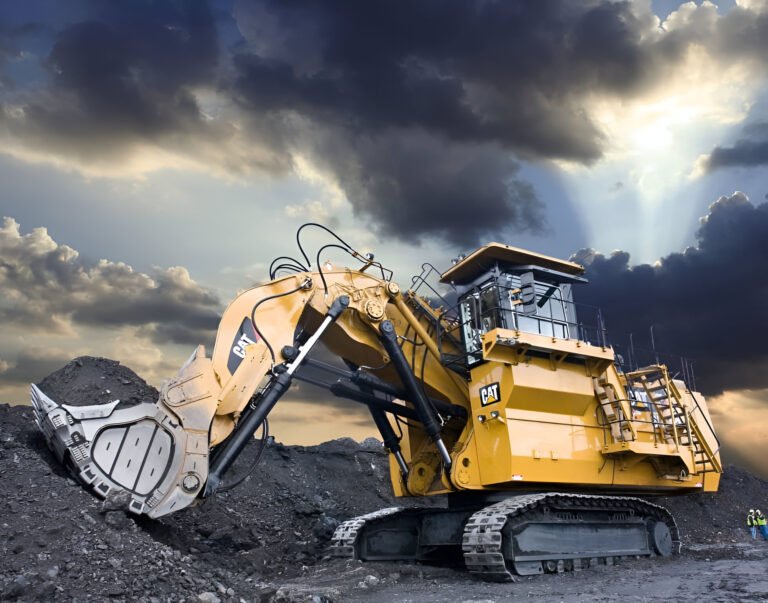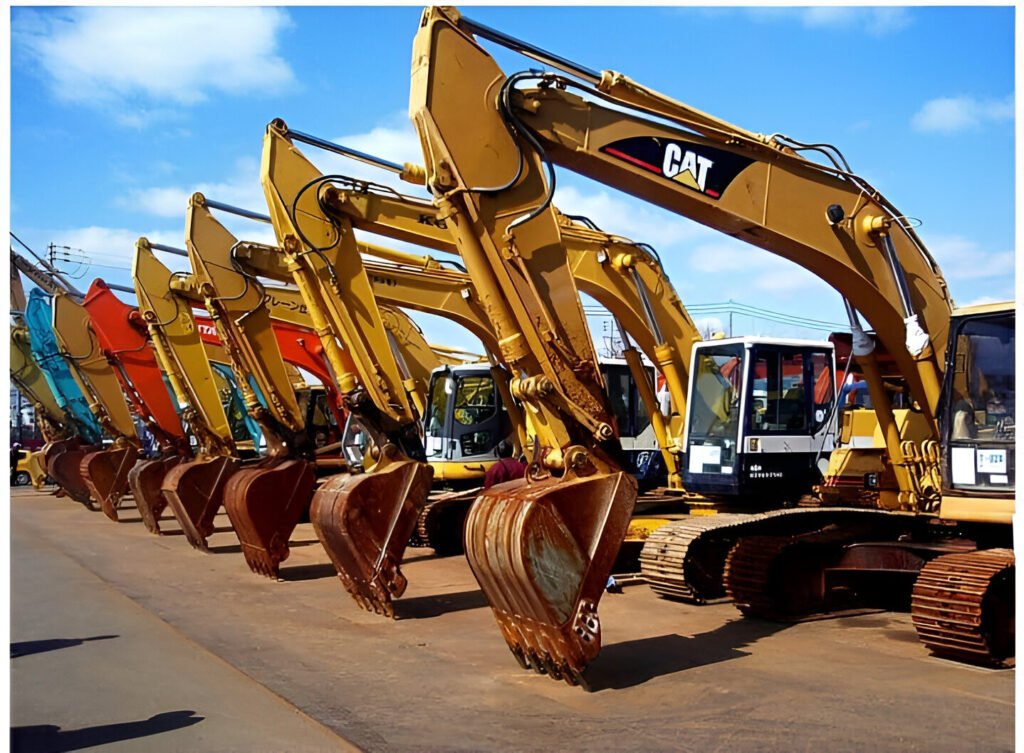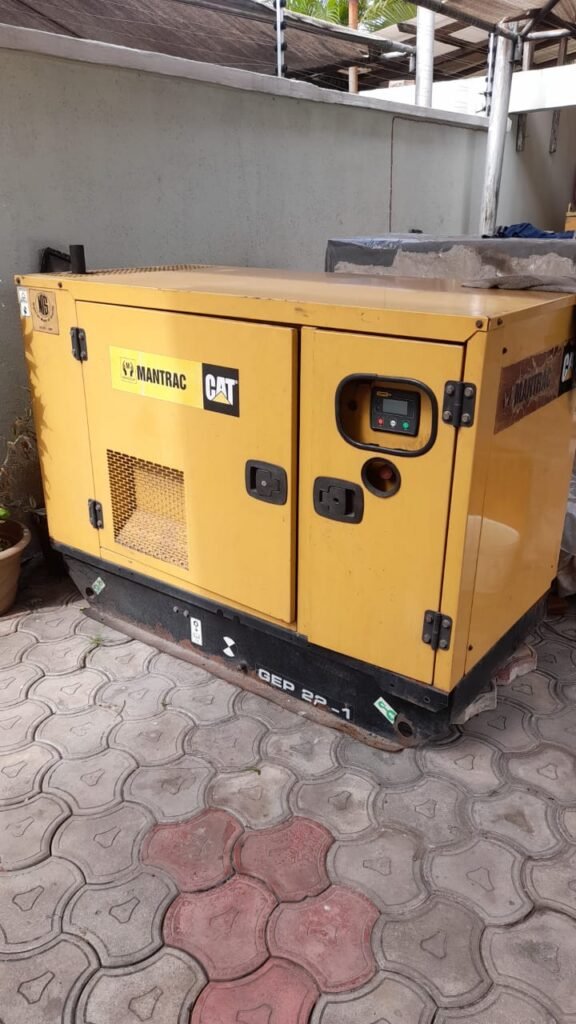A Caterpillar machine, such as a bulldozer or excavator, typically consists of several key components:
Main Components
- Engine: Provides power to the machine.
- Transmission: Transfers power from the engine to the wheels or tracks.
- Final Drive: Transfers power from the transmission to the wheels or tracks.
- Hydraulic System: Powers attachments like blades, buckets, and arms.
- Electrical System: Powers lights, instruments, and other accessories.
Undercarriage Components
- Tracks (or Wheels): Provide mobility and traction.
- Rollers: Support the tracks and facilitate movement.
- Idlers: Guide the tracks and maintain tension.
- Sprockets: Engage with the tracks to propel the machine.
Upper Structure Components
- Cab: Houses the operator and controls.
- Frame: Supports the cab, engine, and other components.
- Boom: Supports attachments like buckets or hammers.
- Stick (or Arm): Connects the boom to the bucket or attachment.
- Bucket (or Attachment): Performs tasks like digging, lifting, or pushing.
Other Components
- Cooling System: Regulates engine temperature.
- Fuel System: Supplies fuel to the engine.
- Steering System: Controls direction and movement.
- Braking System: Slows or stops the machine.
These components work together to enable Caterpillar machines to perform various tasks, such as excavation, bulldozing, and material handling.



